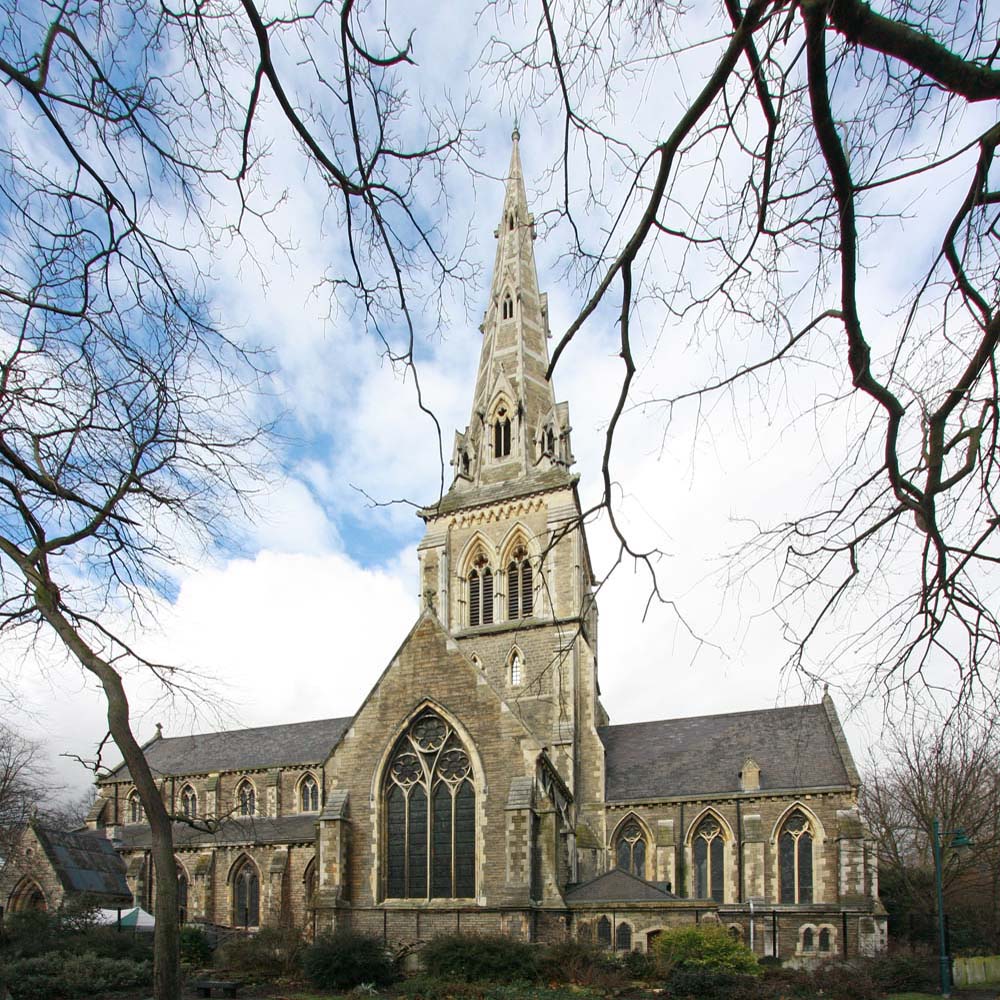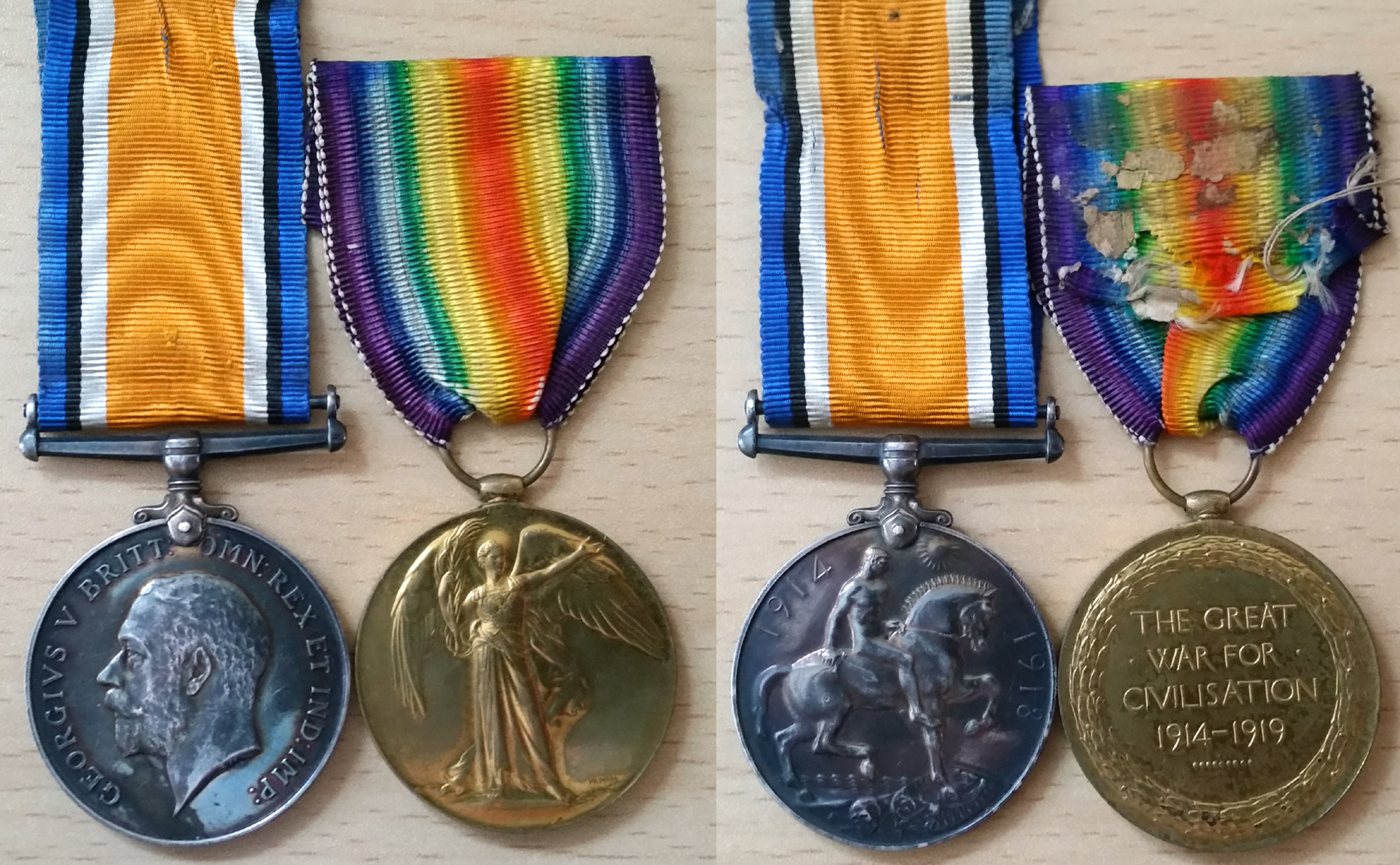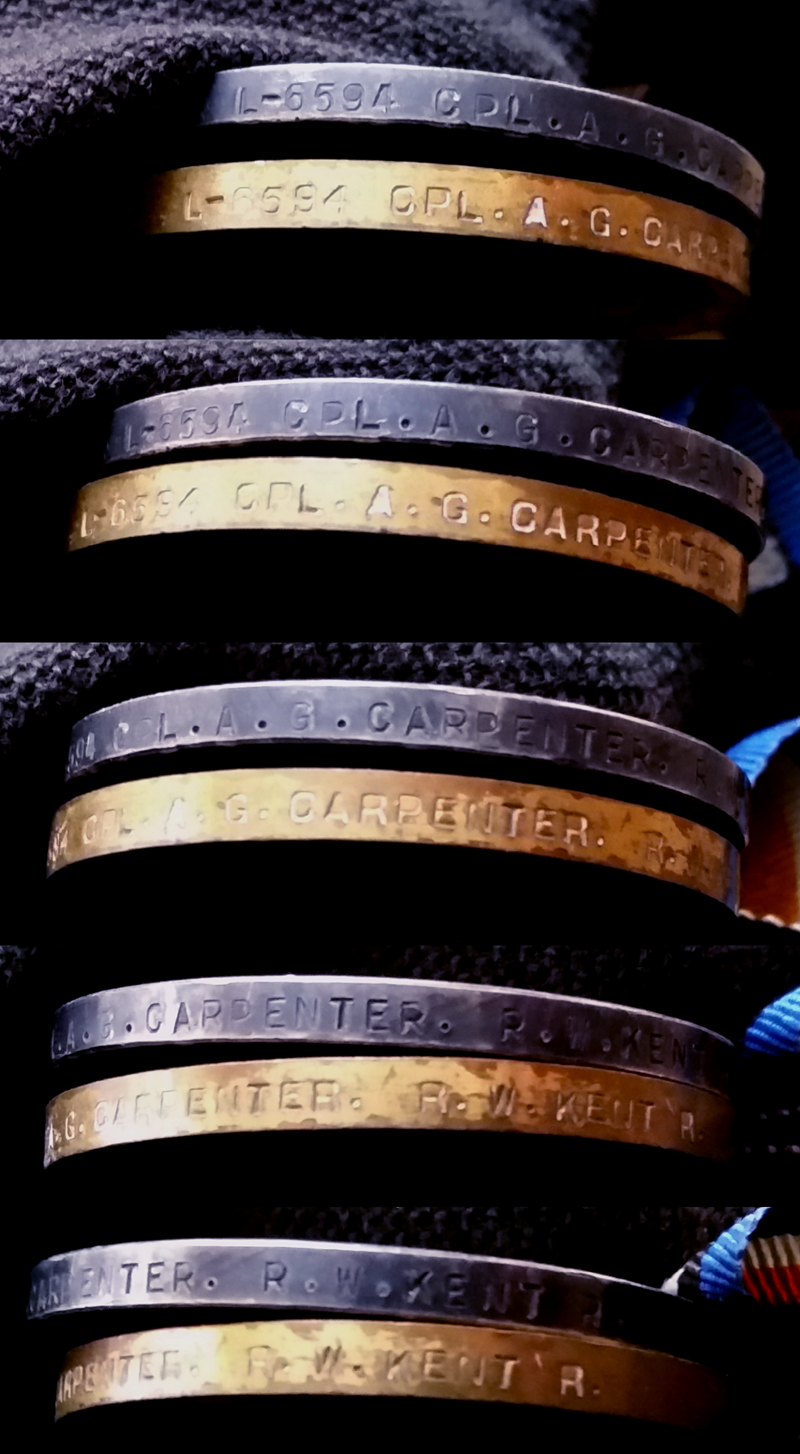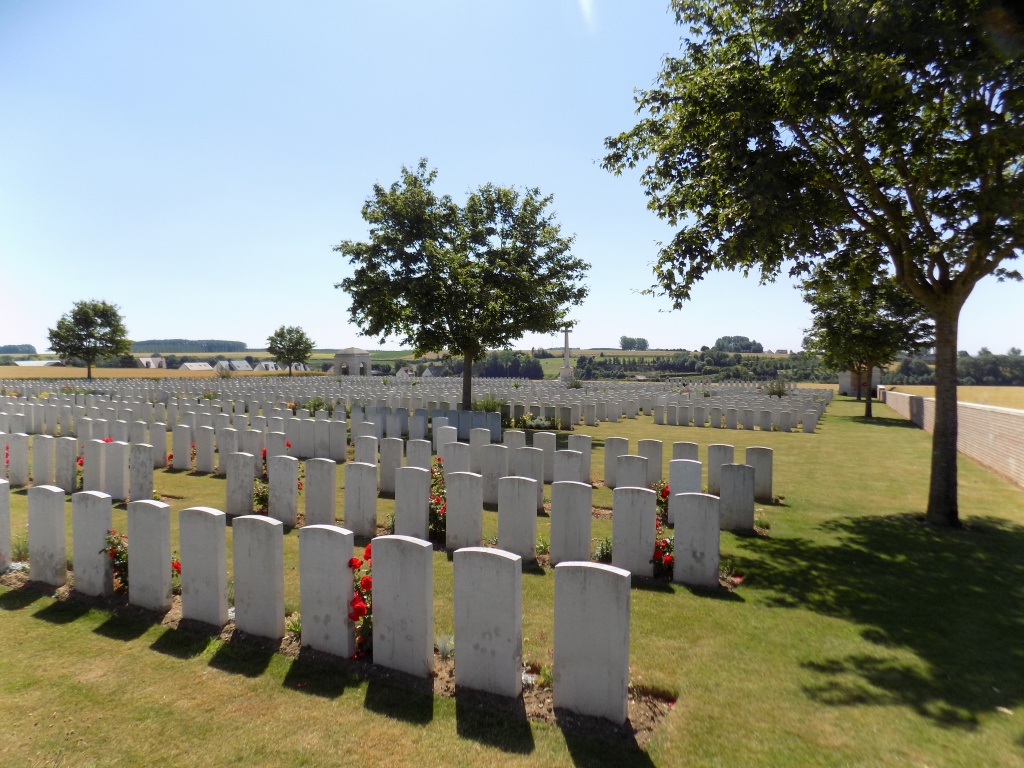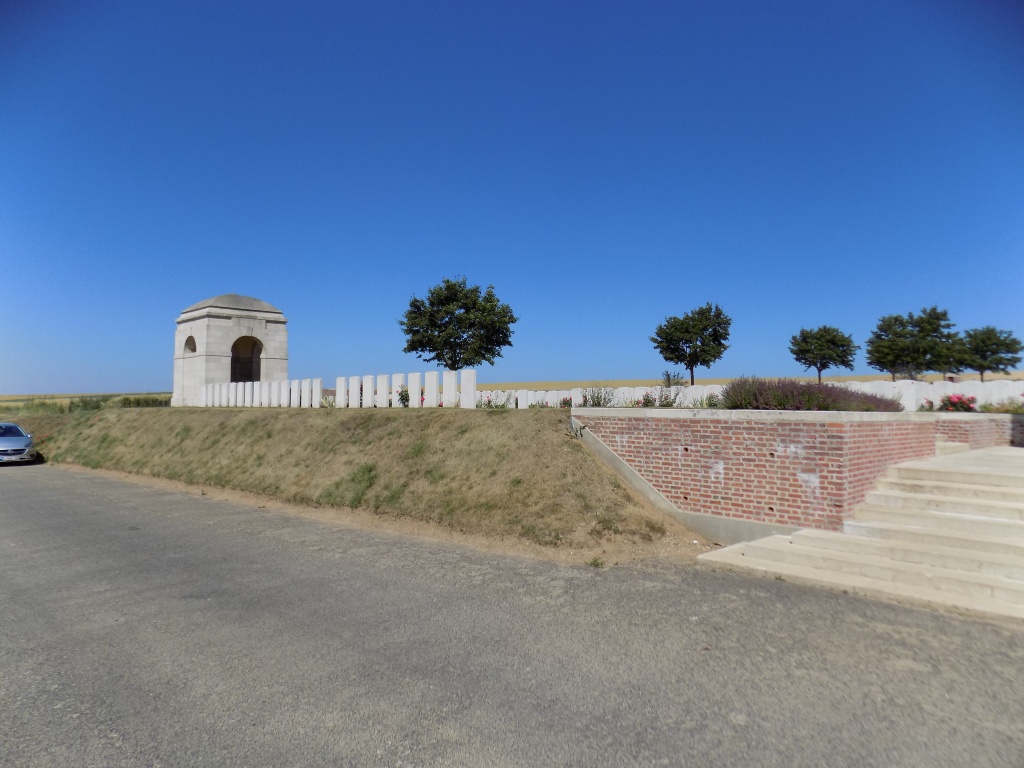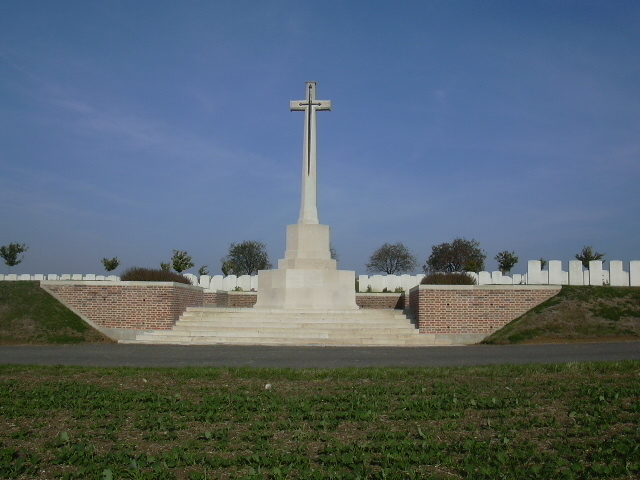Arthur George Carpenter
(Click any thumbnail image to view full size)
Family
Arthur was born between April-June 1885. His birth was recorded in Lewisham, South East London. He appears, aged 5, on the census of 1891 living in Sydenham with his parents; George Carpenter (41) a decorator, and his mother, Mary (42). His eldest brother, Alfred (16) is employed as a "shop boy". His other siblings are; Ada (14), Ernest (12) who is working as a "news boy", Ethel (10), Marion (8) and Charles (3). Arthur's eldest Sister, Maria (18), is already living elsewhere. The family has another addition shortly after this census, Arthur's youngest sister, Elsie.
The 1901 Census, although it has been roughly transcribed, is almost illegible, but is linked below for reference. The family were living at 2 Dallas Hill, Forest Hill.
On 11th April 1909 Arthur marries Edith at St Giles Church, Camberwell (shown above), and the following year, their daughter, Dorothy is born. The family is shown on the 1911 census living in a flat at 10 Bradford Road, Sydenham. Arthur, now 25, is working as a postman.
Birth in parish records
1891 Census
1901 Census
1911 Census
Marriage in parish records 11 April 1909
Arthur George CARPENTER (Corporal)
L/6954, 6th Battalion, The Queens Own (Royal West Kent Regiment)
British War Medal and Victory Medal
Arthur attested, and joined the 6th Battalion Royal West Kent Regiment, landing in France sometime after 1st January 1916. The Military Service Act specified that single men between the ages of 18 and 41 were liable to be called-up for military service unless they were widowed, with children or ministers of religion. Conscription started on 2nd March 1916. The act was extended to all married men on 25th May 1916. Whilst is is possible Arthur was a volunteer, the most likely scenario is that he was called up following the extension of conscription to included married men. Following some basic training, it's likely that Arthur arrived in France, undertrained and ill-equipped around the end of June 1916. The 6th Battalion were spending most of the month of June training, marching and preparing to go into battle in the Somme area of France. He obviously impressed during training, as Arthur was promoted twice, acheiving the rank of corporal. He would probably been put in charge of a "section" of 10 or so men.
The 1st of July 1916 would become infamous in the History of the British Army as it's "bloodiest day". On the first day of the Battle of the Somme the british suffered 57,470 casualties, to gain barely 3 square miles of land. As part of the reserves, the 6th West Kents moved into front line trenches called "Waltney Street" on the evening of the 1st July to relieve the 2nd Lincolnshires. The relief was completed by 4am the following morning, They spent their time there clearing the badly shelled trench of the dead, dying and wounded.
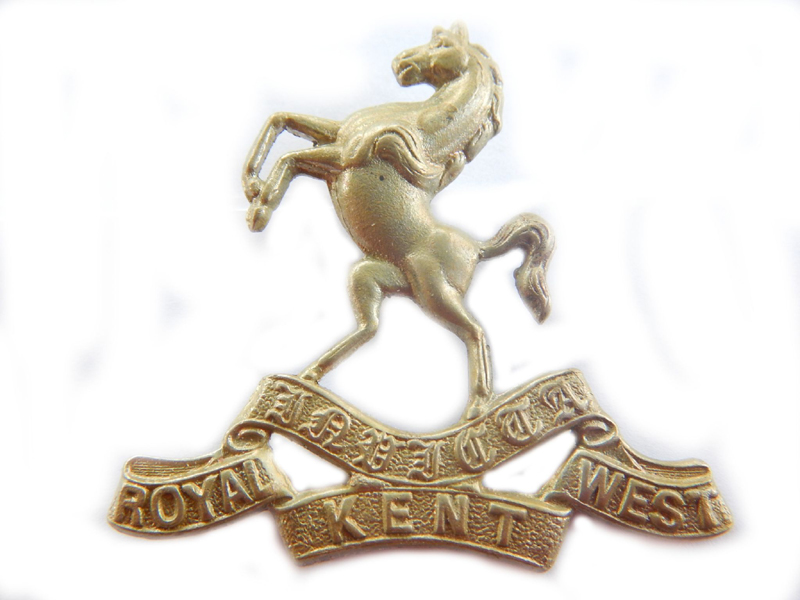
New orders came, and at 3.10pm on the 2nd July the 6th West Kents were moved back to relieve the 6th East Kents and the the 7th East Surrey Battalions in the support trenches. During their move to relieve their colleagues, they came under fire, taking 32 casualties of which 4 were killed. Despite this they managed to successfully complete the order, only to be told at 9pm that they should once again move back to their former front line positions and prepare to go "over the top" at dawn, attacking German positions just south of Ovillers La Boisselle.
There was a nervous wait while the officers met and reviewed the orders. The whistles were blown at 3.15am, and the 6th Battalion Royal West Kents advanced towards the heavily defended German lines, with the 6th East Kents in reserve supporting them. As the British support artillery died away, A & C company took the first German line with few losses, with B & D company rushing through and past them, in order to quickly take the second line of German defence, but few made it. A German counter attack drove back what remained of the attack, due to not receiving any assistance from the supporting 6th East Kents, who had become disorientated and lost direction. What remained of the 6th West Kents returned to their starting positions, and were later relieved by the 7th East Surreys.
617 men of the 6th Battalion Queens Own (Royal West Kent Regiment) went into action of the 3rd July 1916. By the time they had reorganised at the reserve trenches, they counted 383 men killed, wounded or missing. They had lost around 2/3rds of the battalion strength in one day. Among them Arthur George Carpenter, who was killed. He was buried nearby, the position marked with a wooden cross and noted by the Field Grave Registration Unit.
It wasn't until the area was revisited in January 1920 by the Empire War Graves Commision that the graves were processed offcially. By this time the cross marking Arthur's grave was almost illegible. The paperwork notes "16594 Cpl. A G----R R W Kents". The error was quickly noticed, using battlefield records taken down in 1916, and thankfully Arthur was properly identified. His grave was exhumed to be concentrated and reburied in November 1920 at the newly founded Ovillers Military Cemetery (pictured below - click to enlarge). He is remembered there, with honour, along with 964 other Commonwealth soldiers of the Great War.
Arthur George Carpenter - Medal Index Card
Arthur George Carpenter - Entry on BWM and Victory Medal Roll
Arthur George Carpenter - Listing on Soldiers Died (PDF)
Arthur George Carpenter - Cemetery register
Arthur George Carpenter - Effects register
Arthur George Carpenter - Grave concentration document
Arthur George Carpenter - Grave registration
Arthur George Carpenter - Headstone schedule 1
Arthur George Carpenter - Headstone schedule 2
Arthur George Carpenter - Memorial Certificate (PDF)
6th Bn Queens Own (Royal West Kent Regt) - War Diary 1st- 3rd July 1916 - Page 1 , 2 , 3 , 4
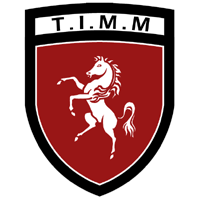 The Invicta Medal Museum (Online)
The Invicta Medal Museum (Online) 